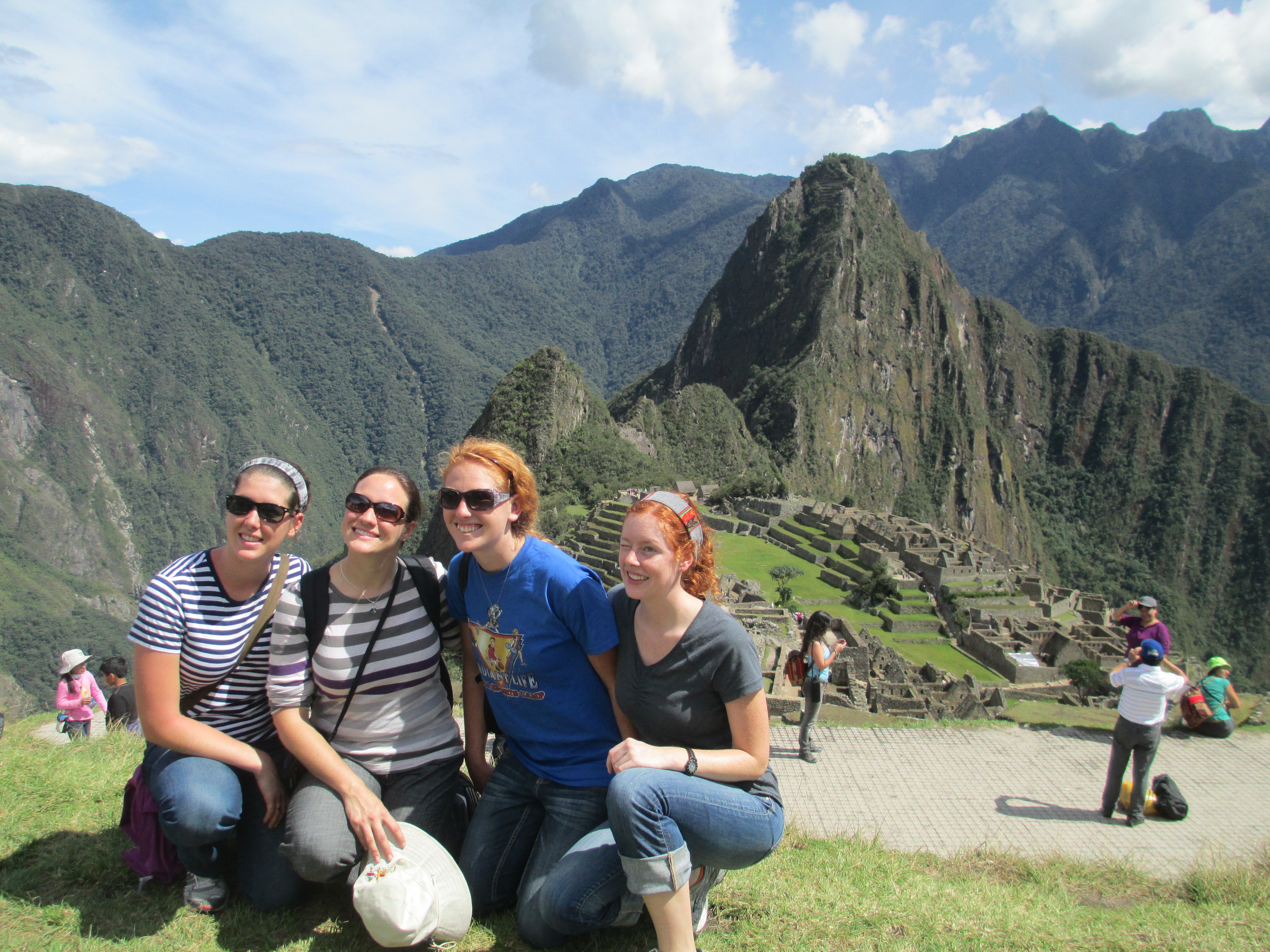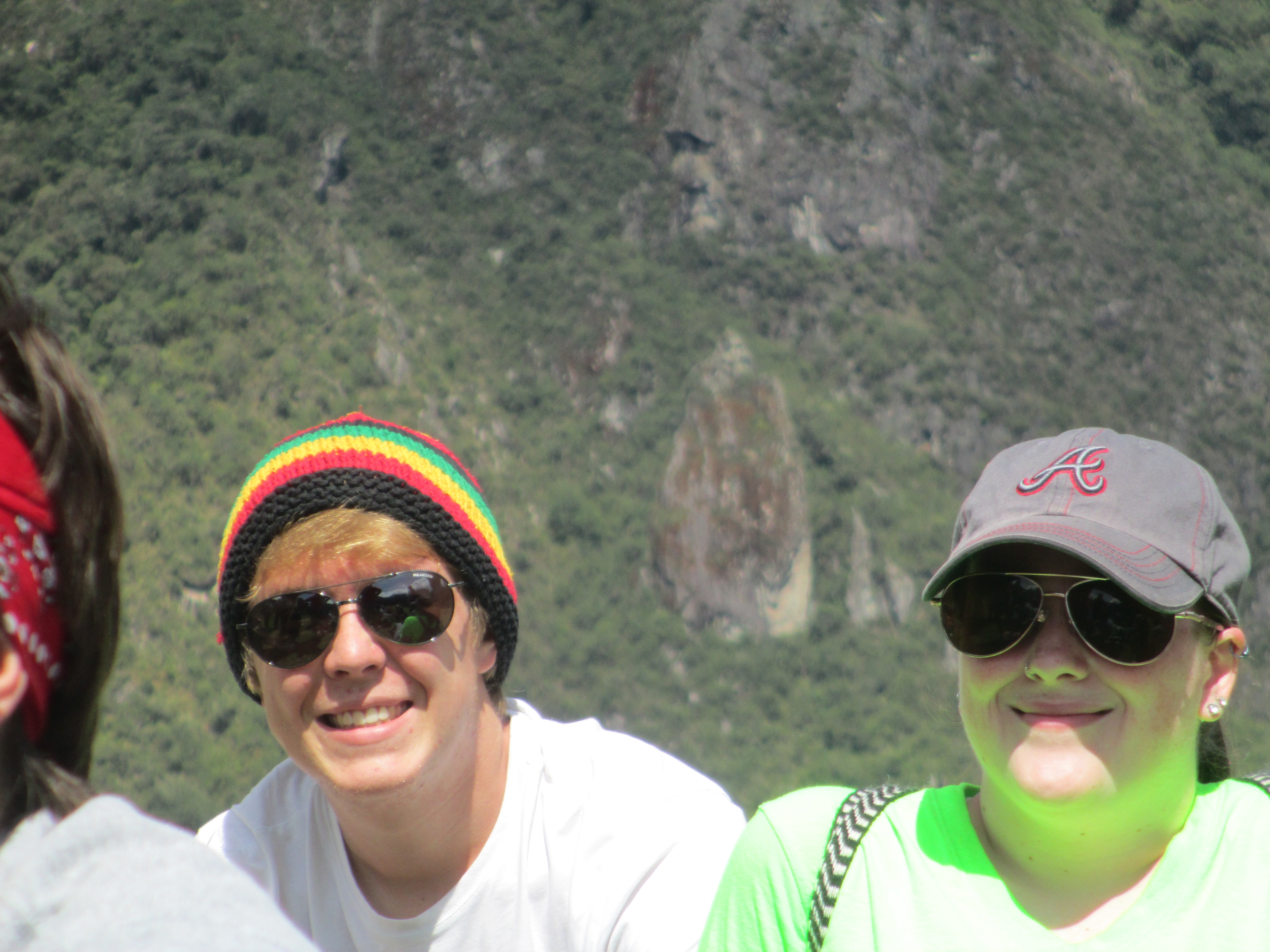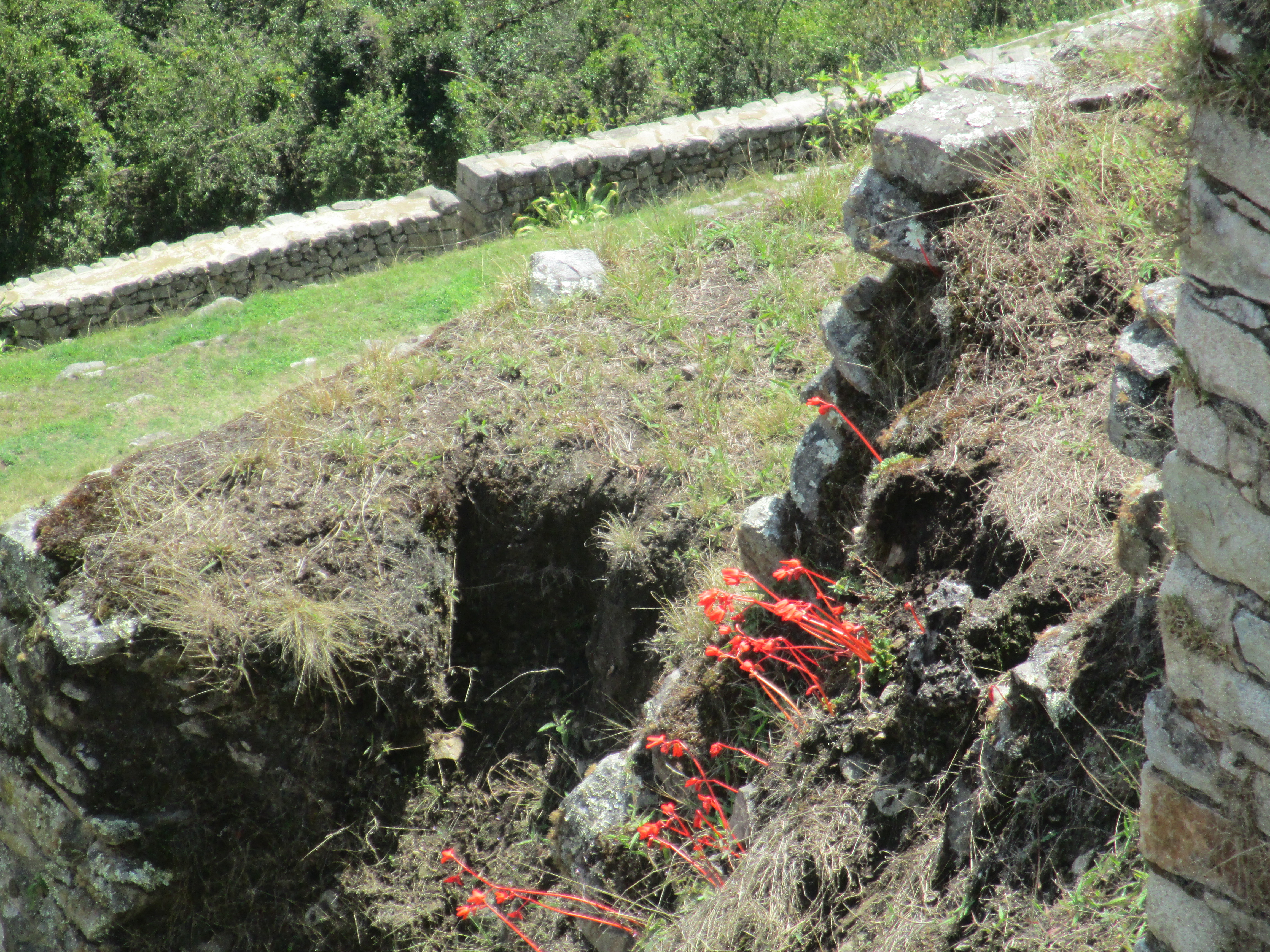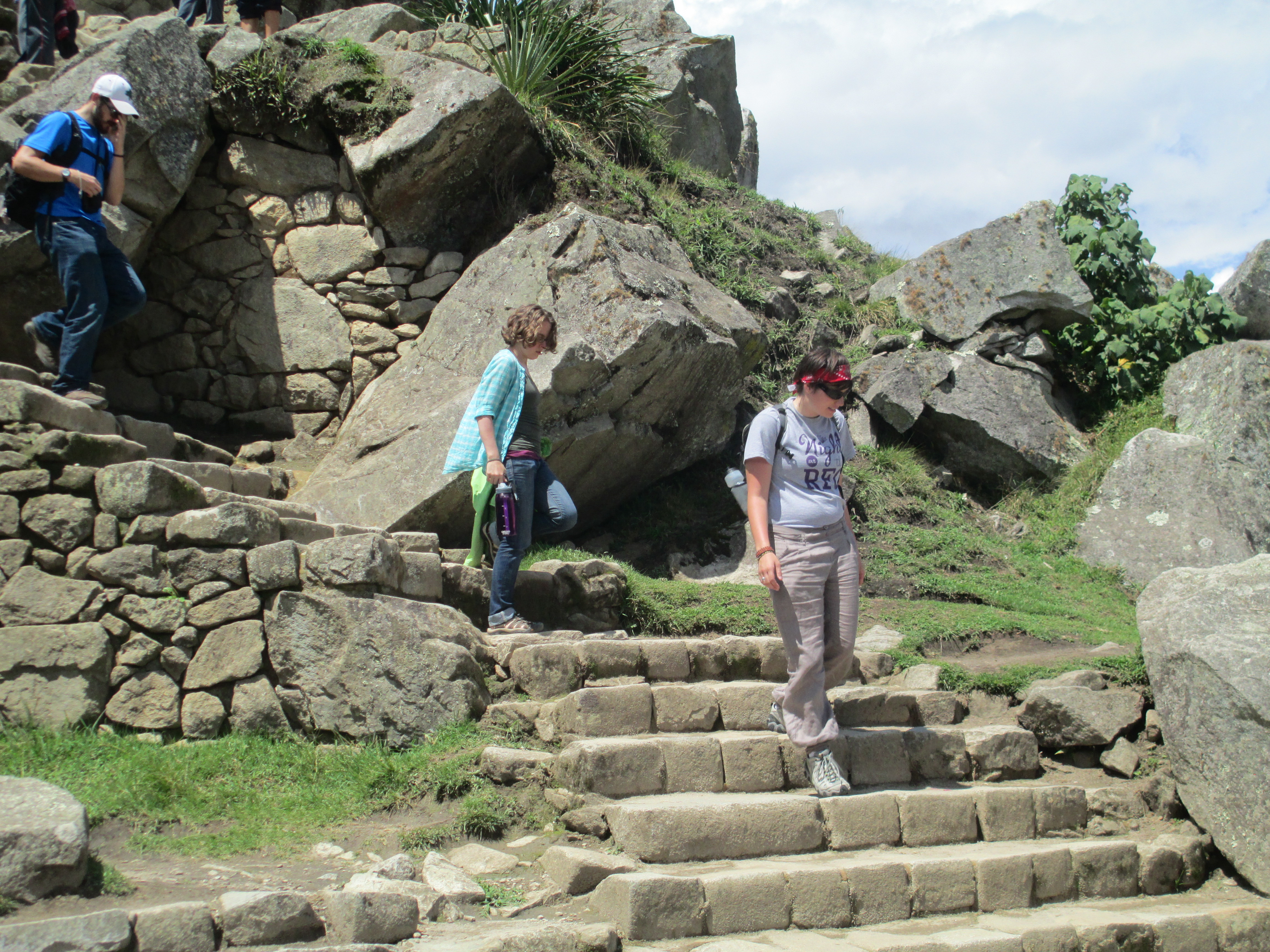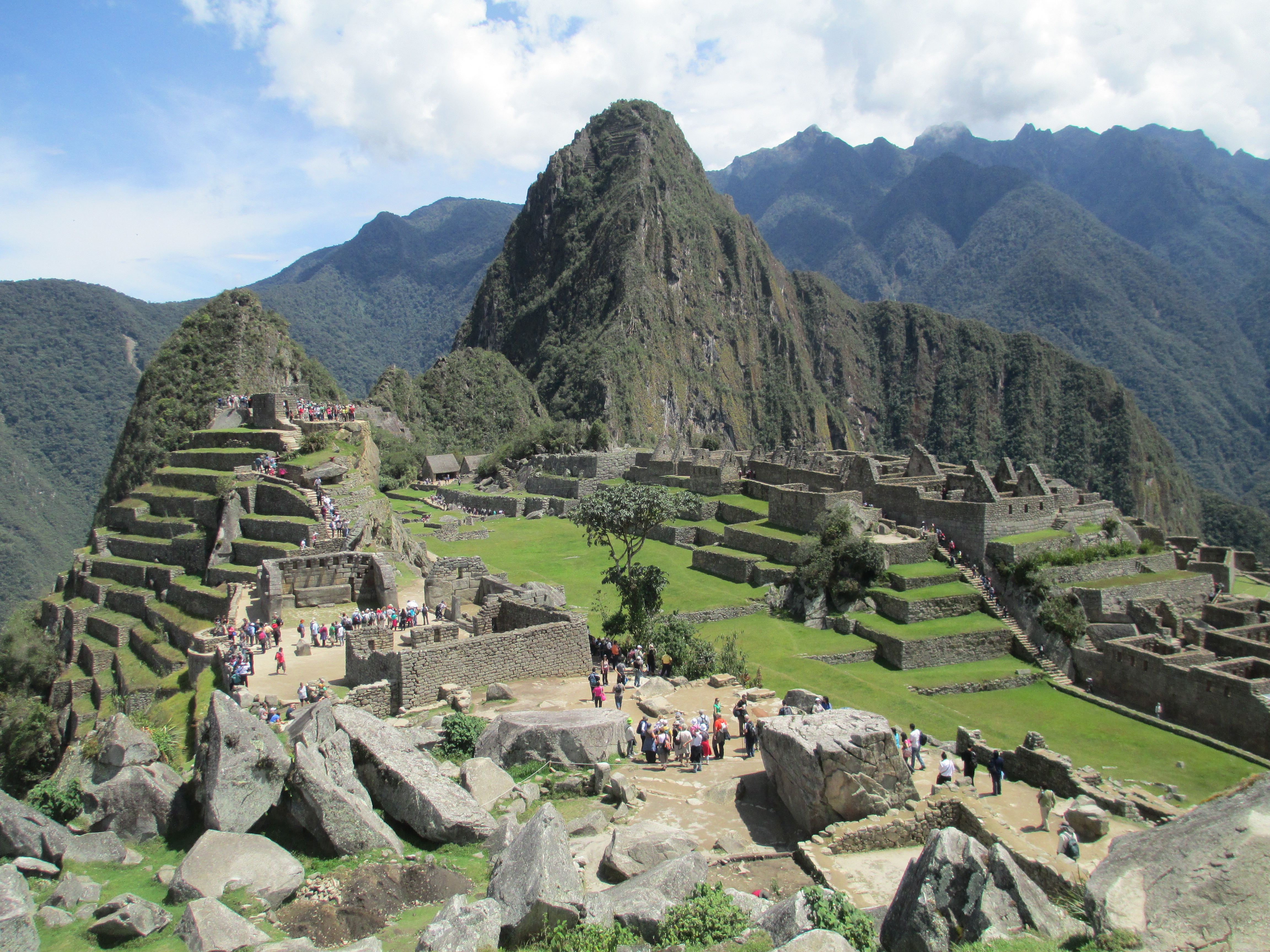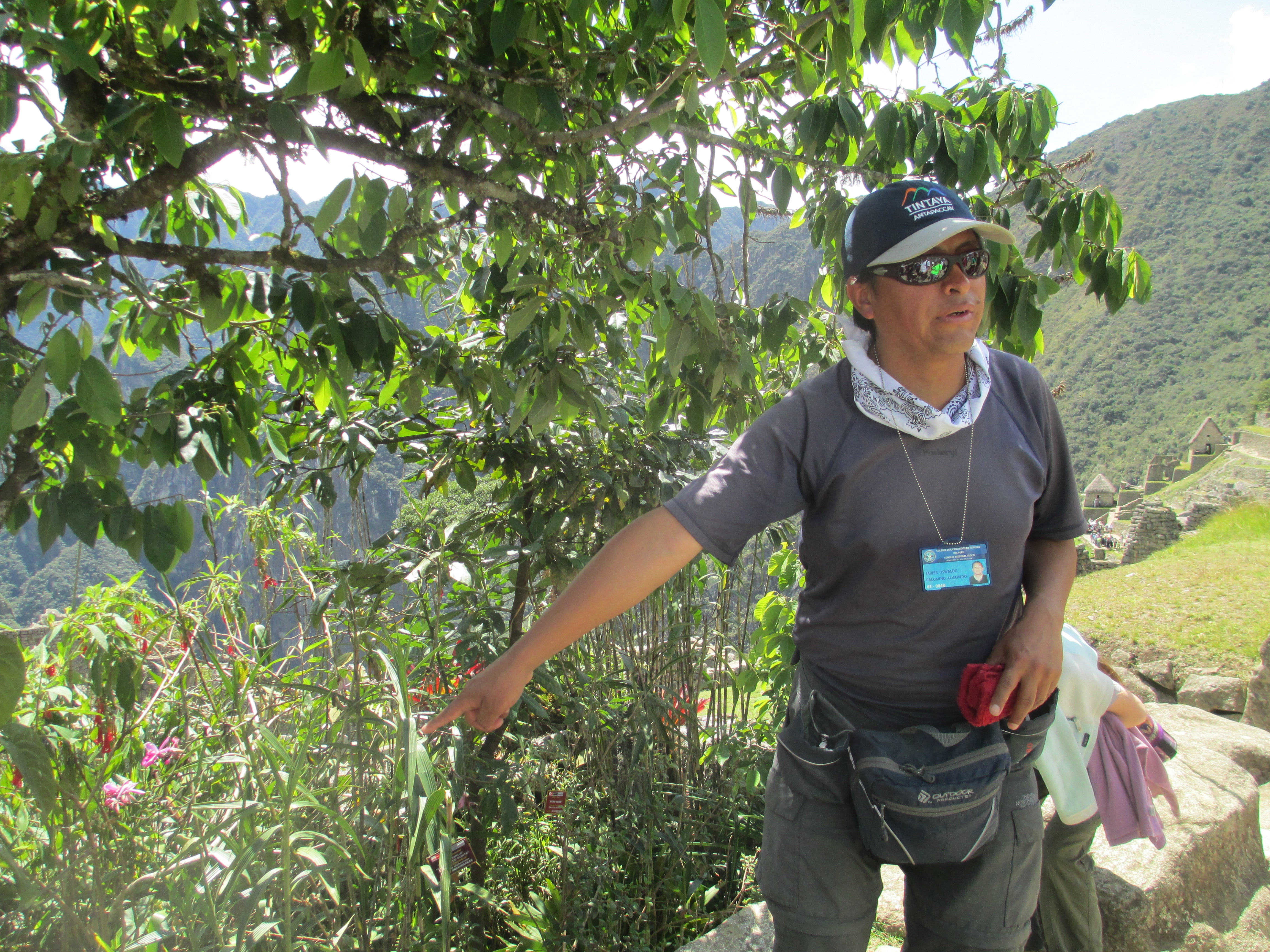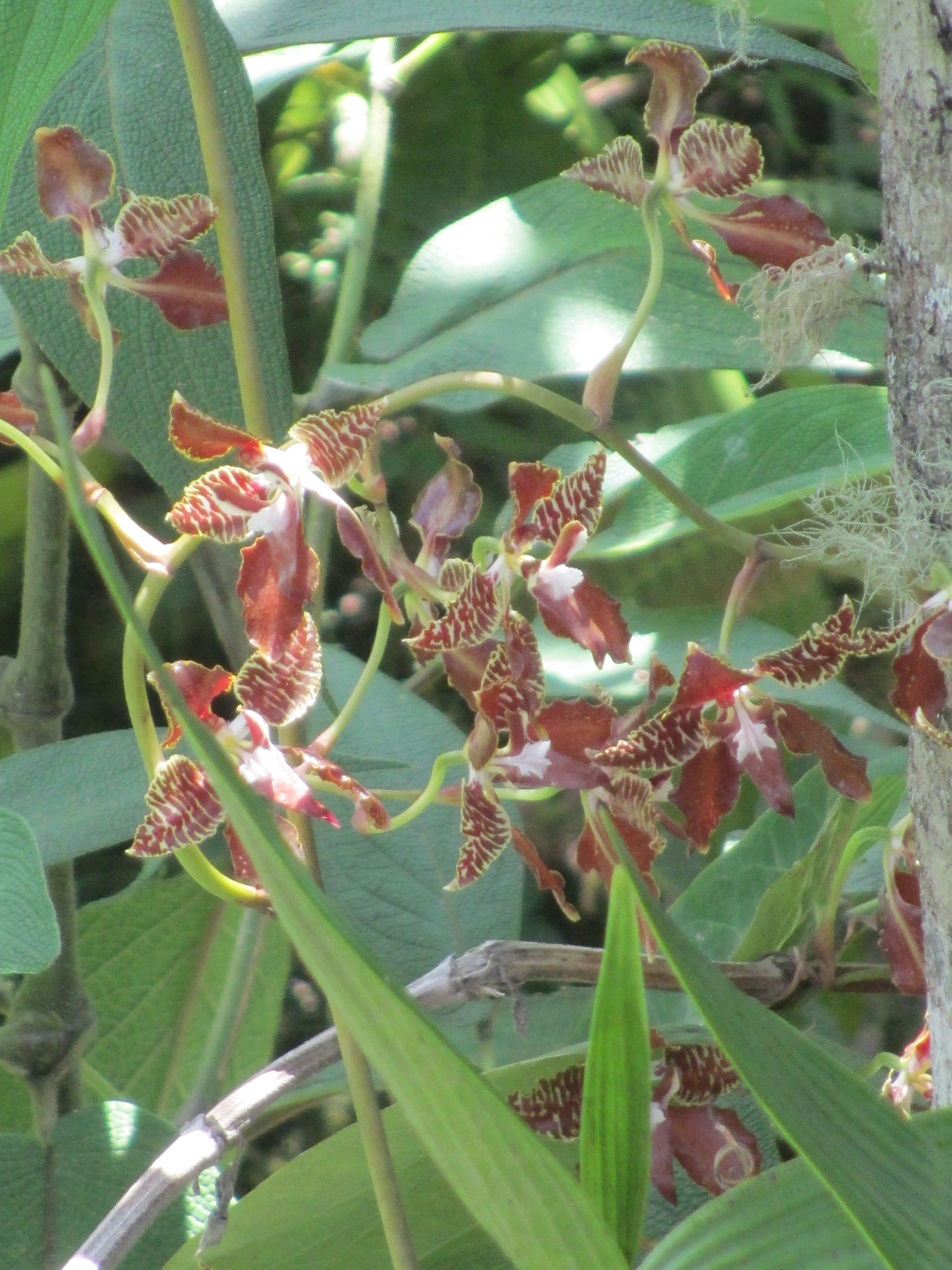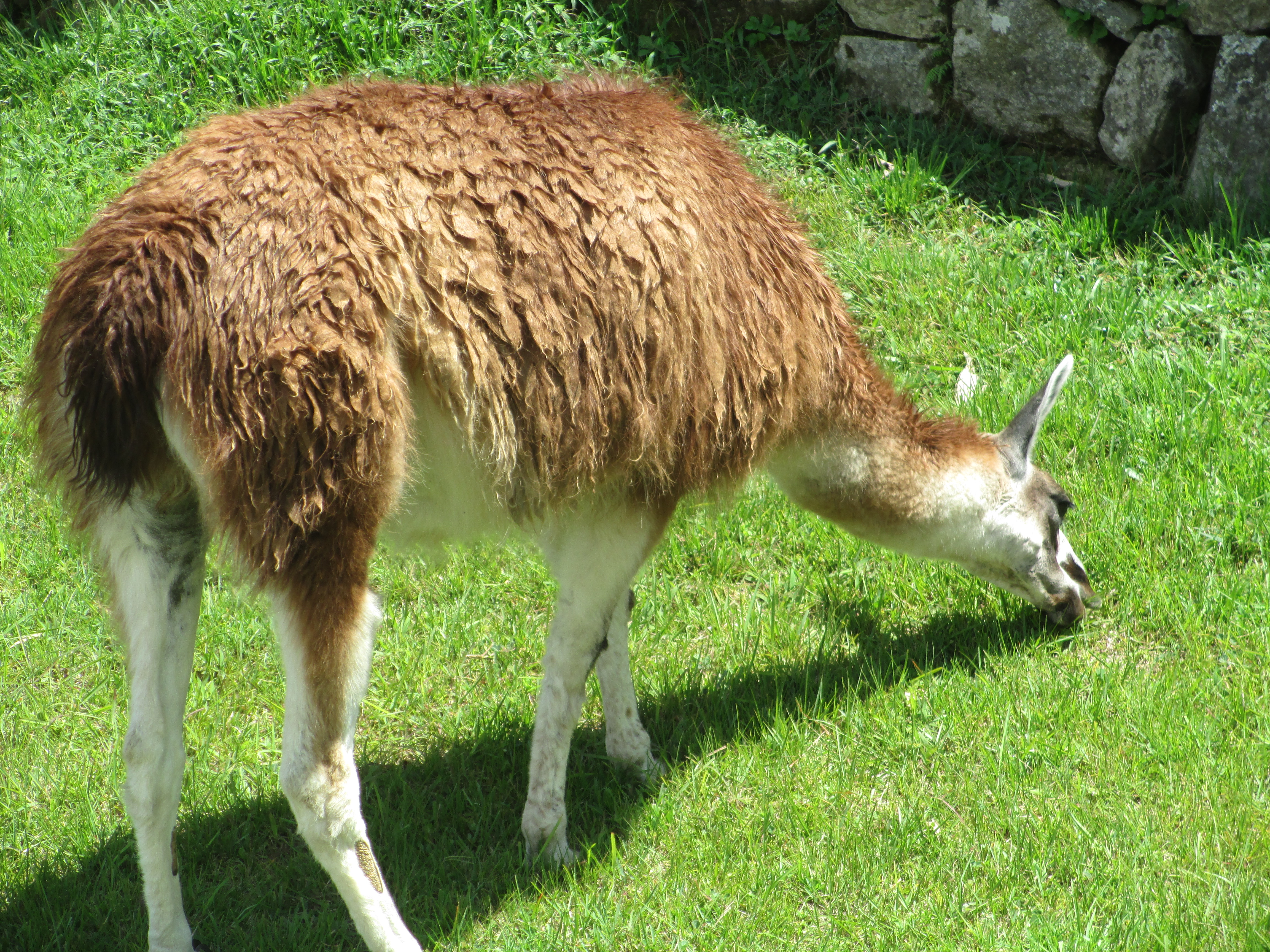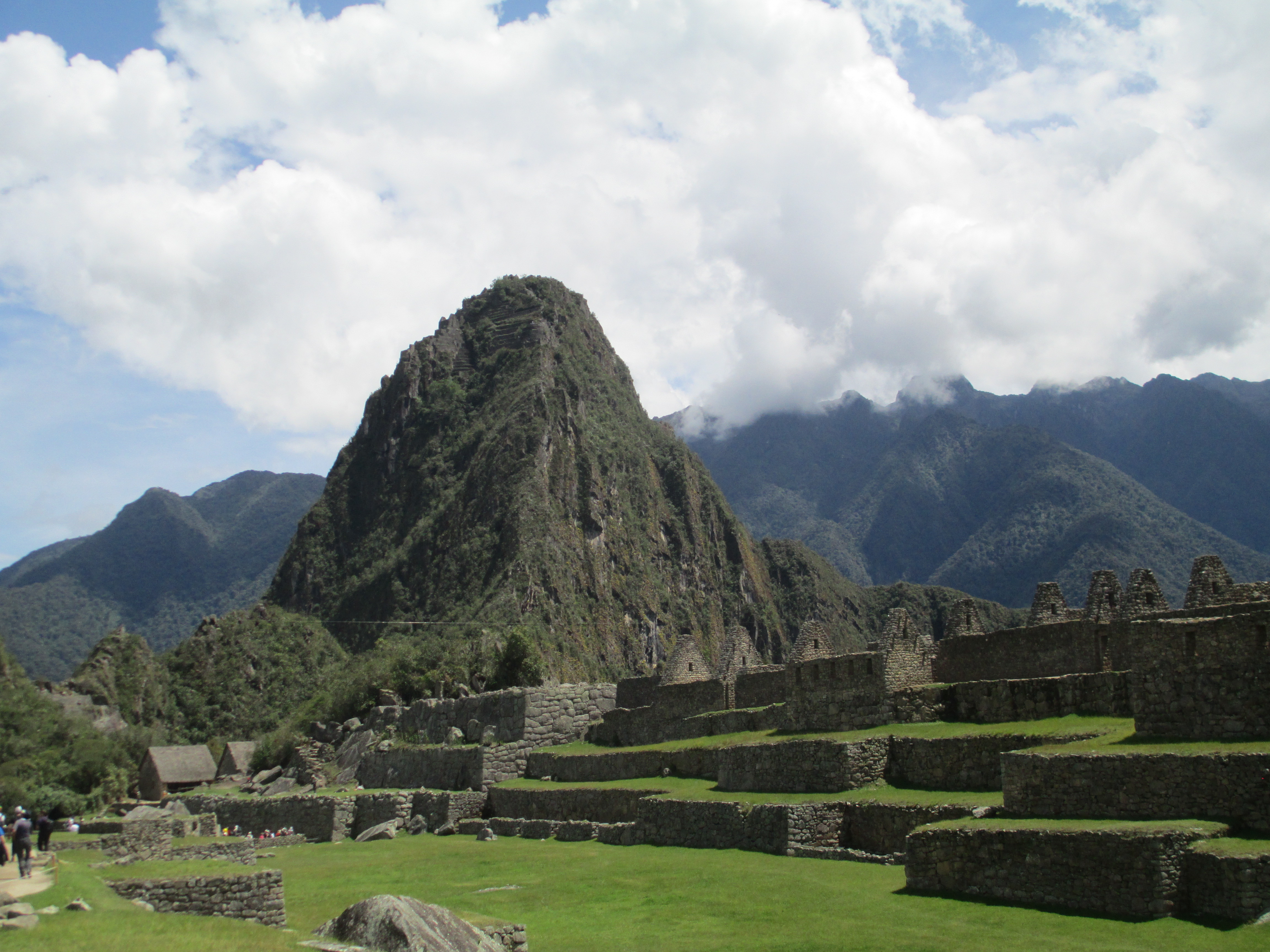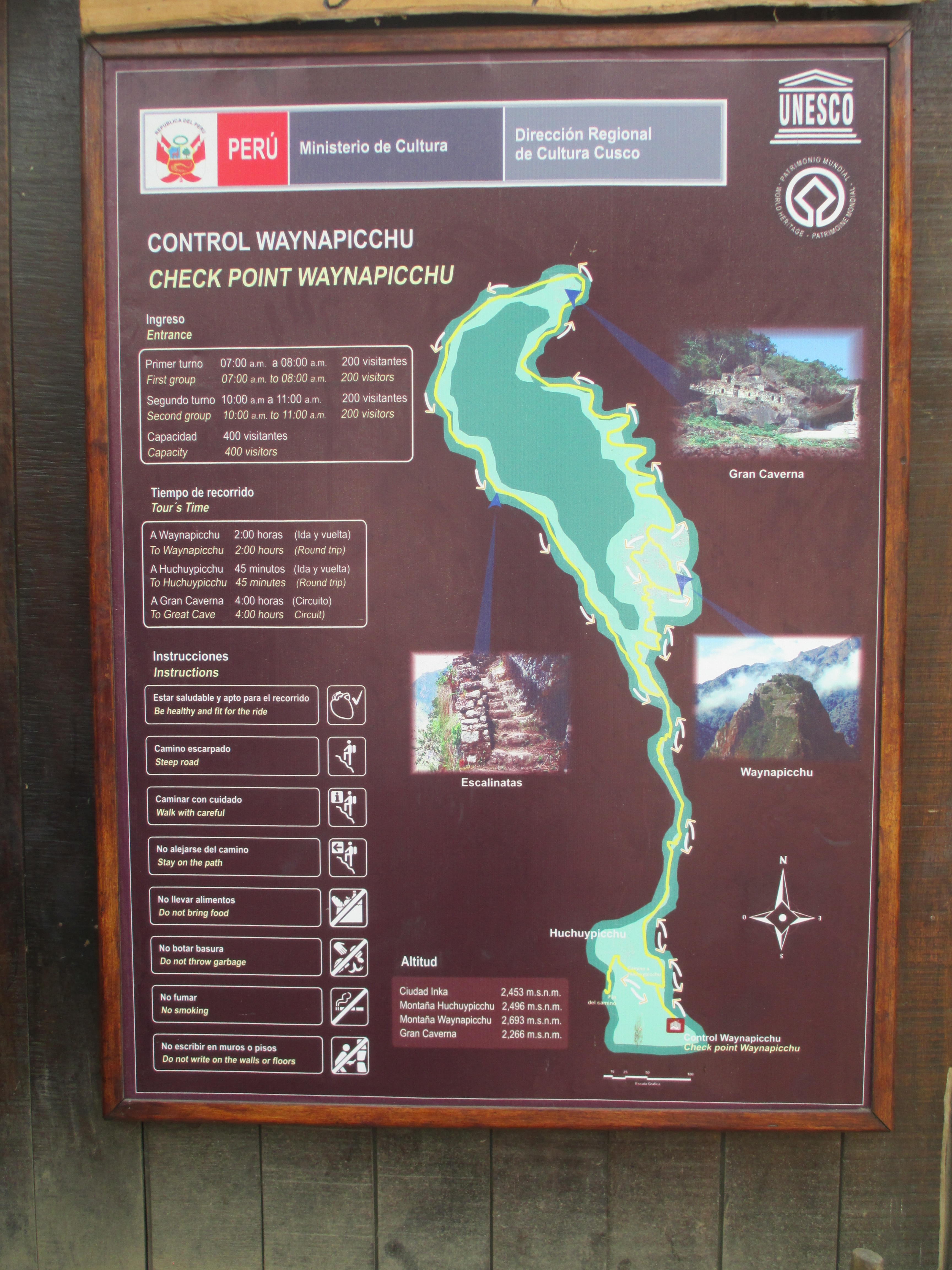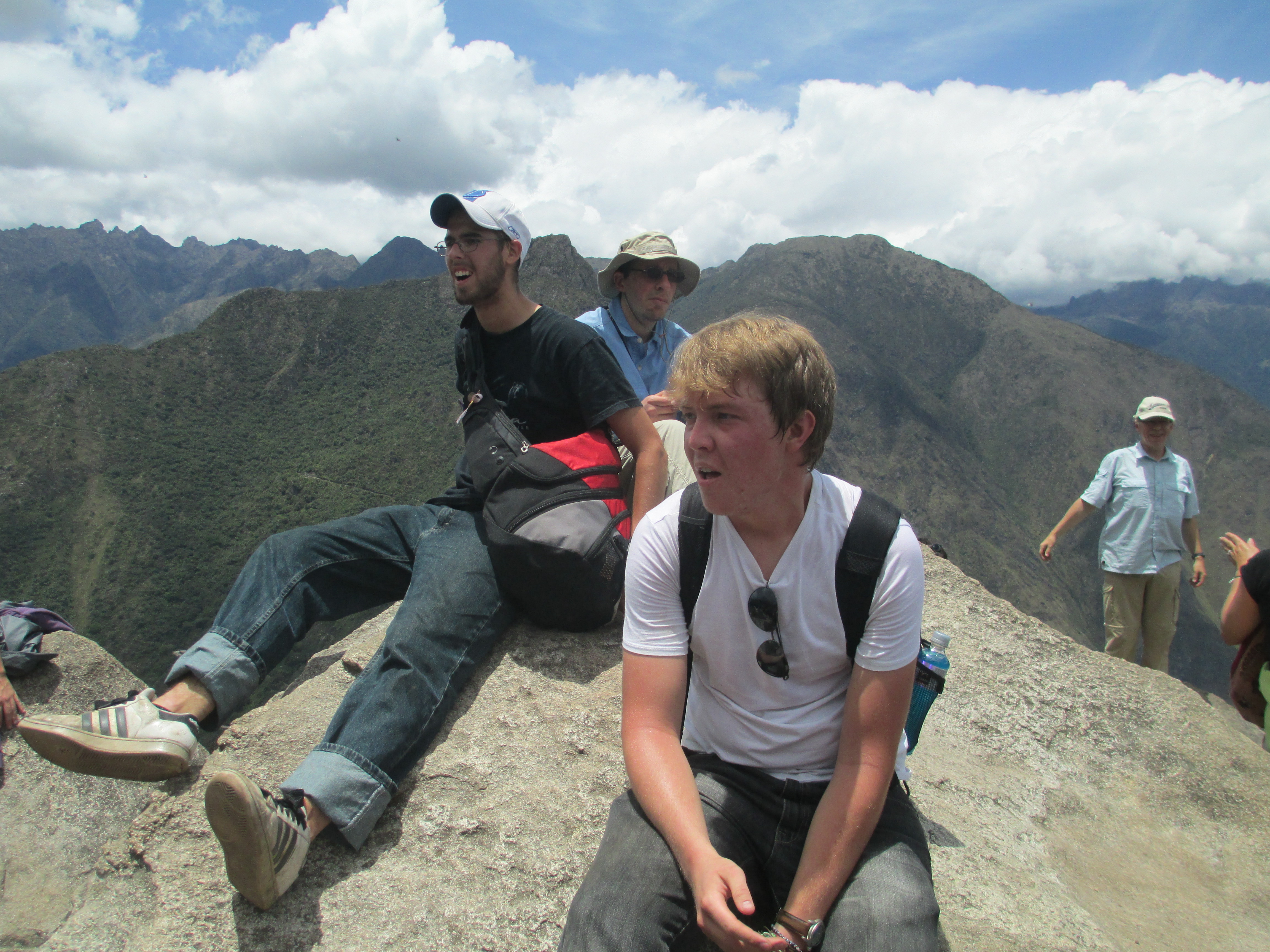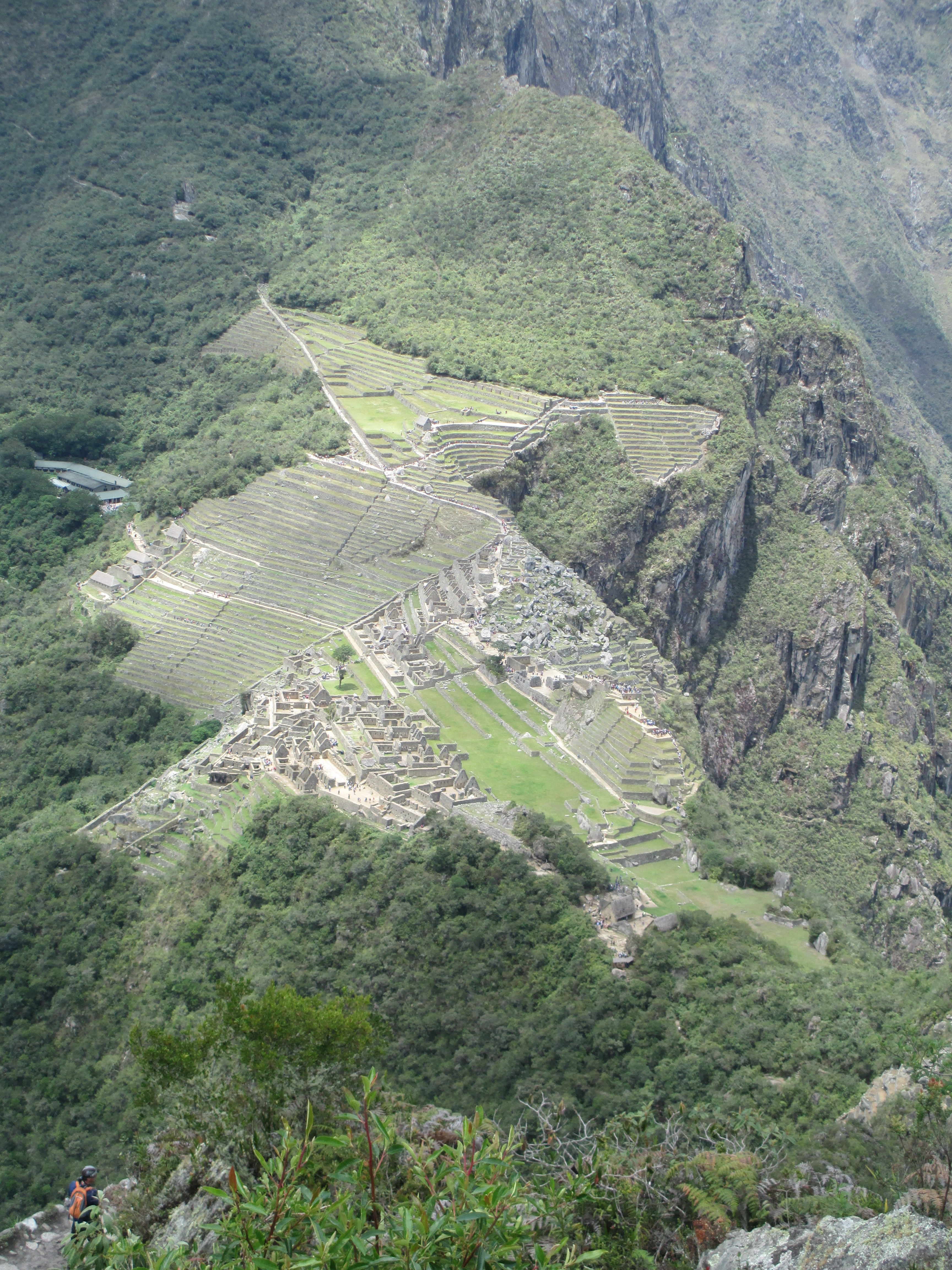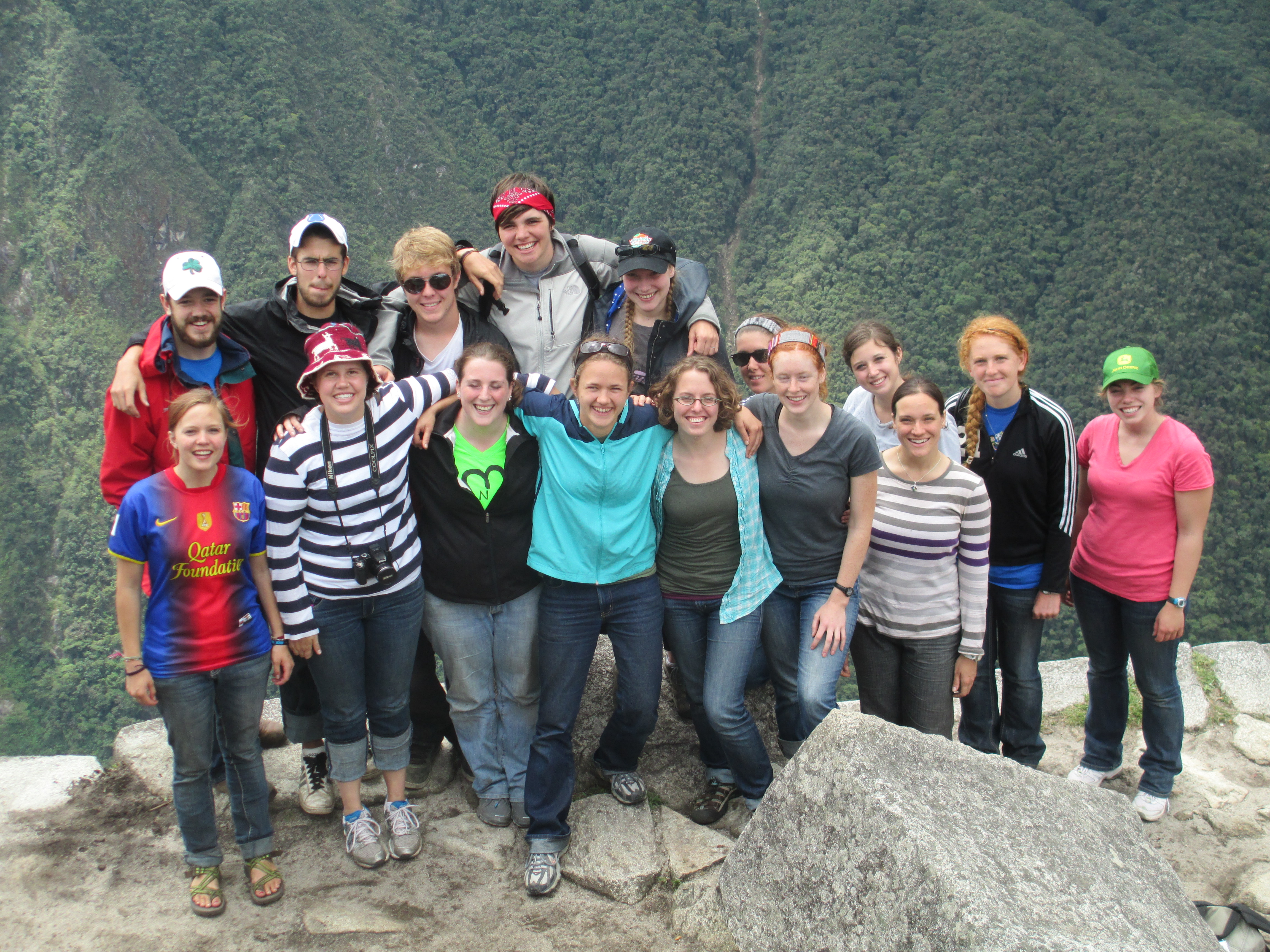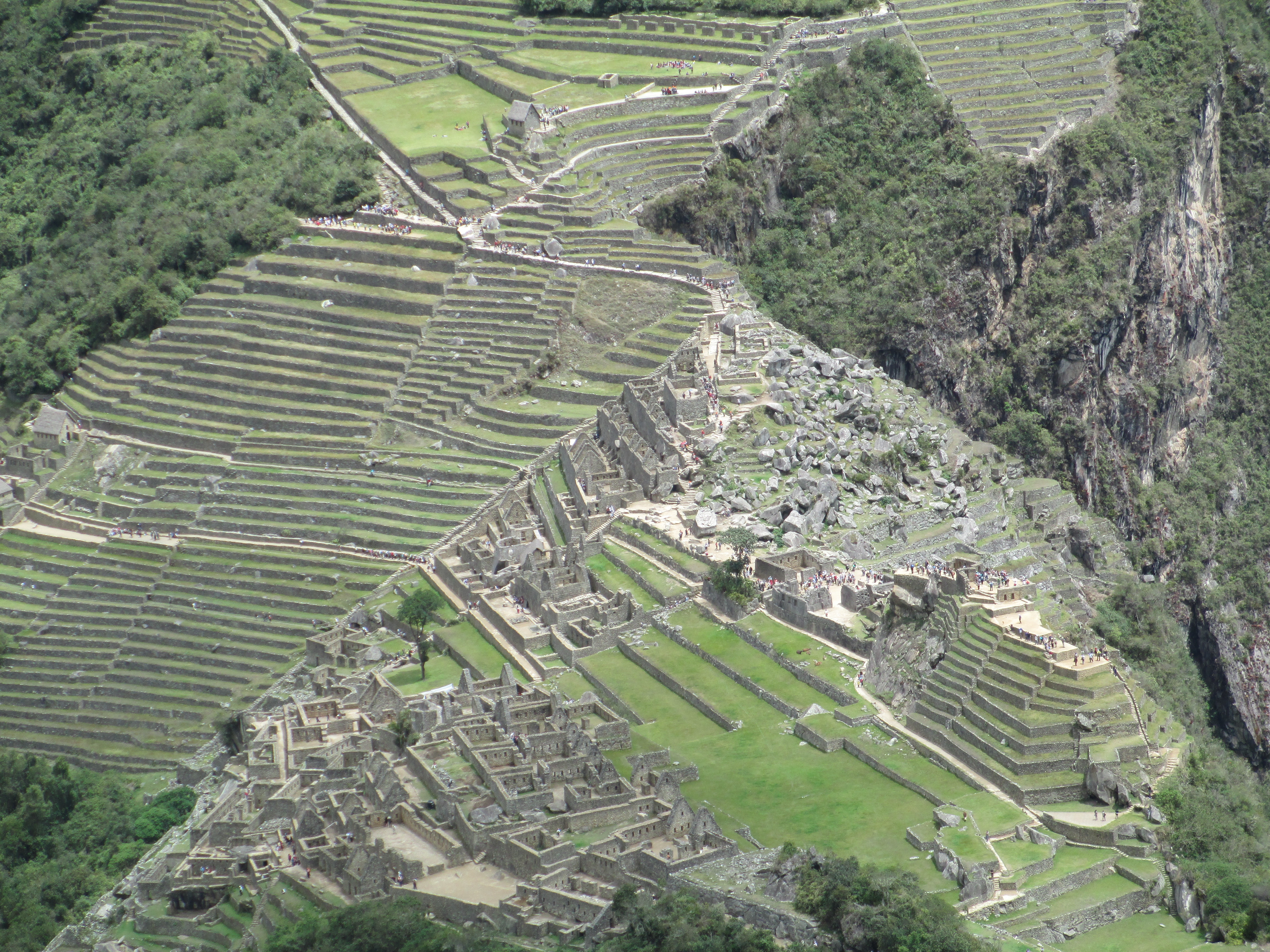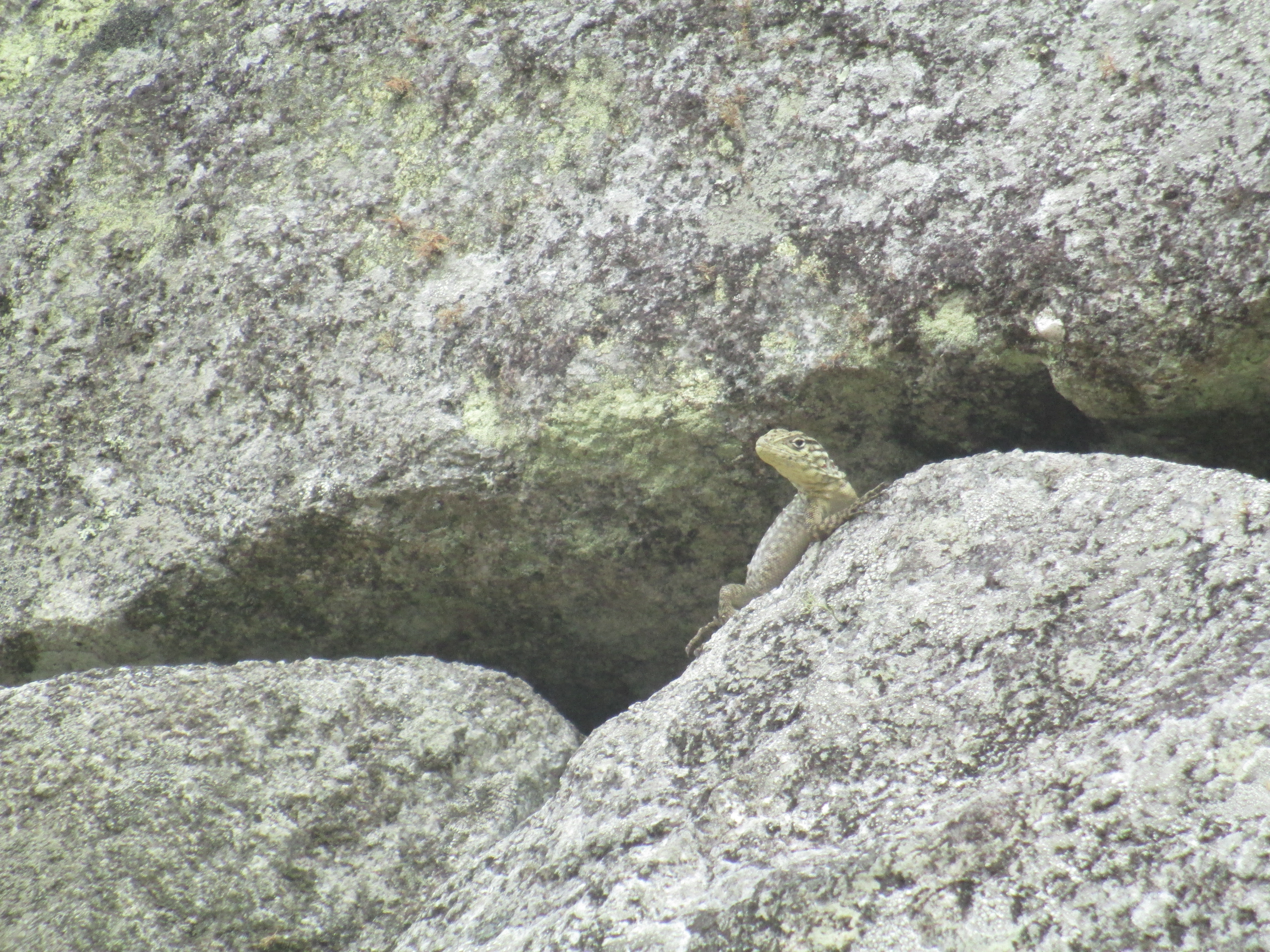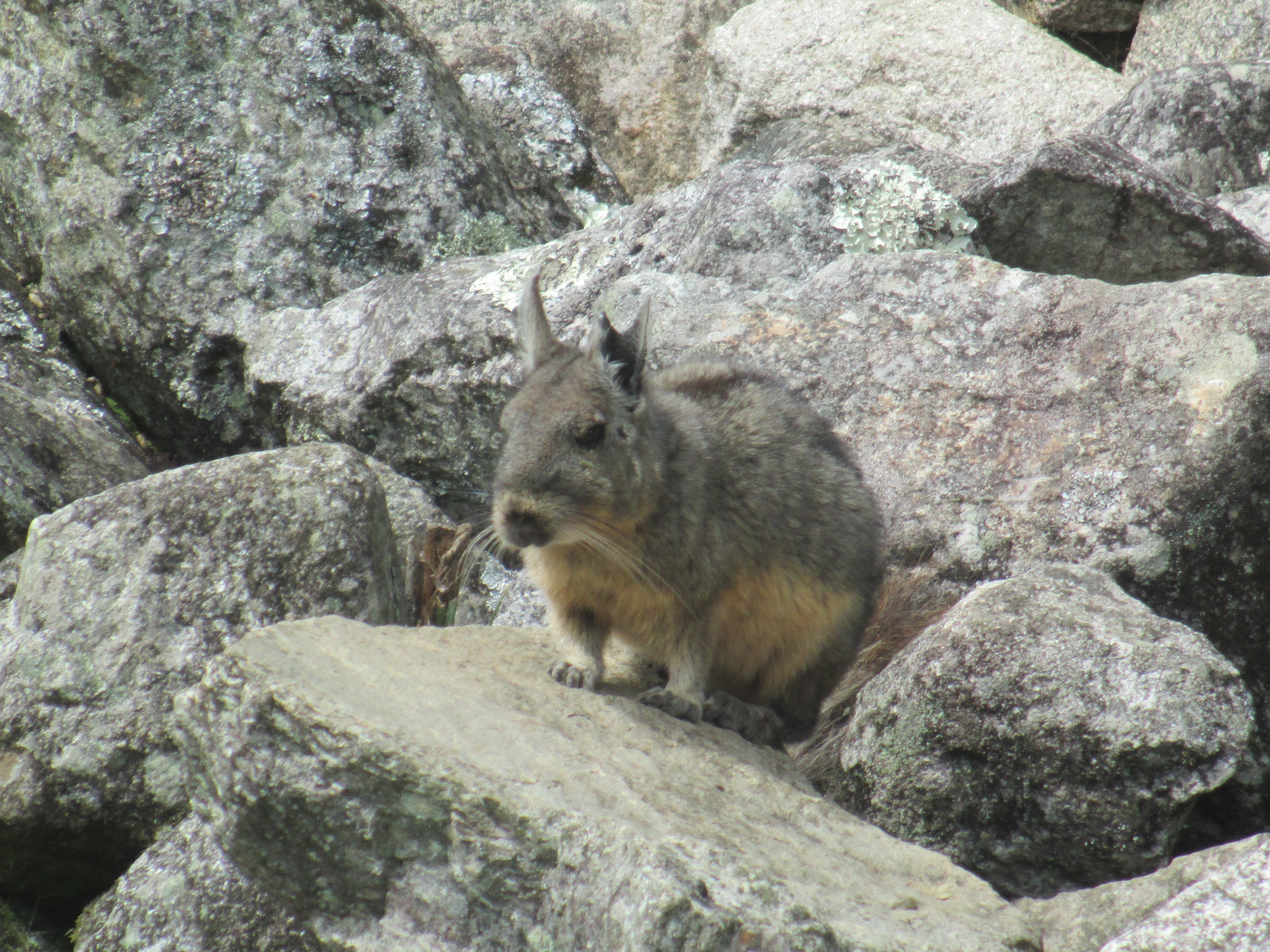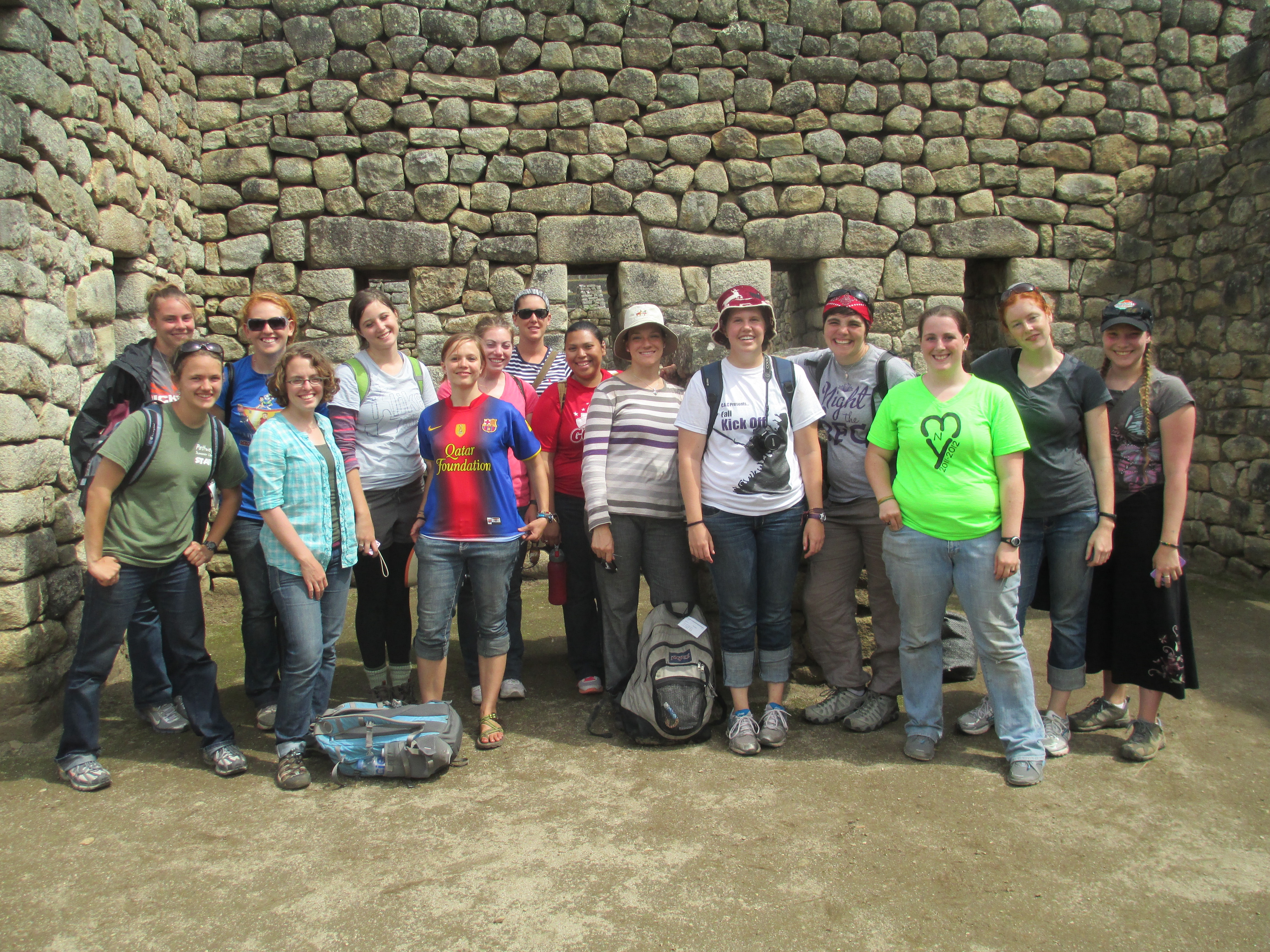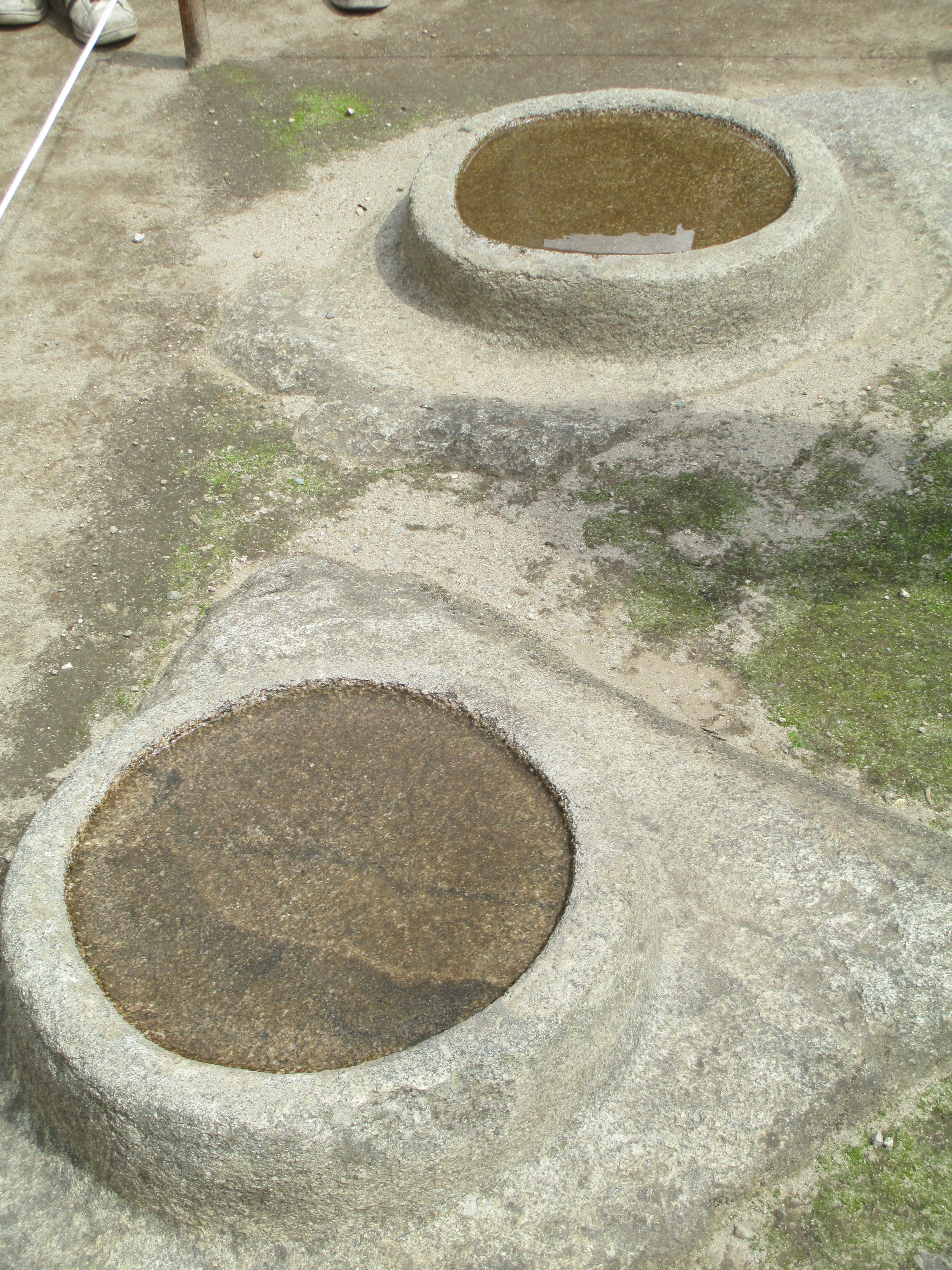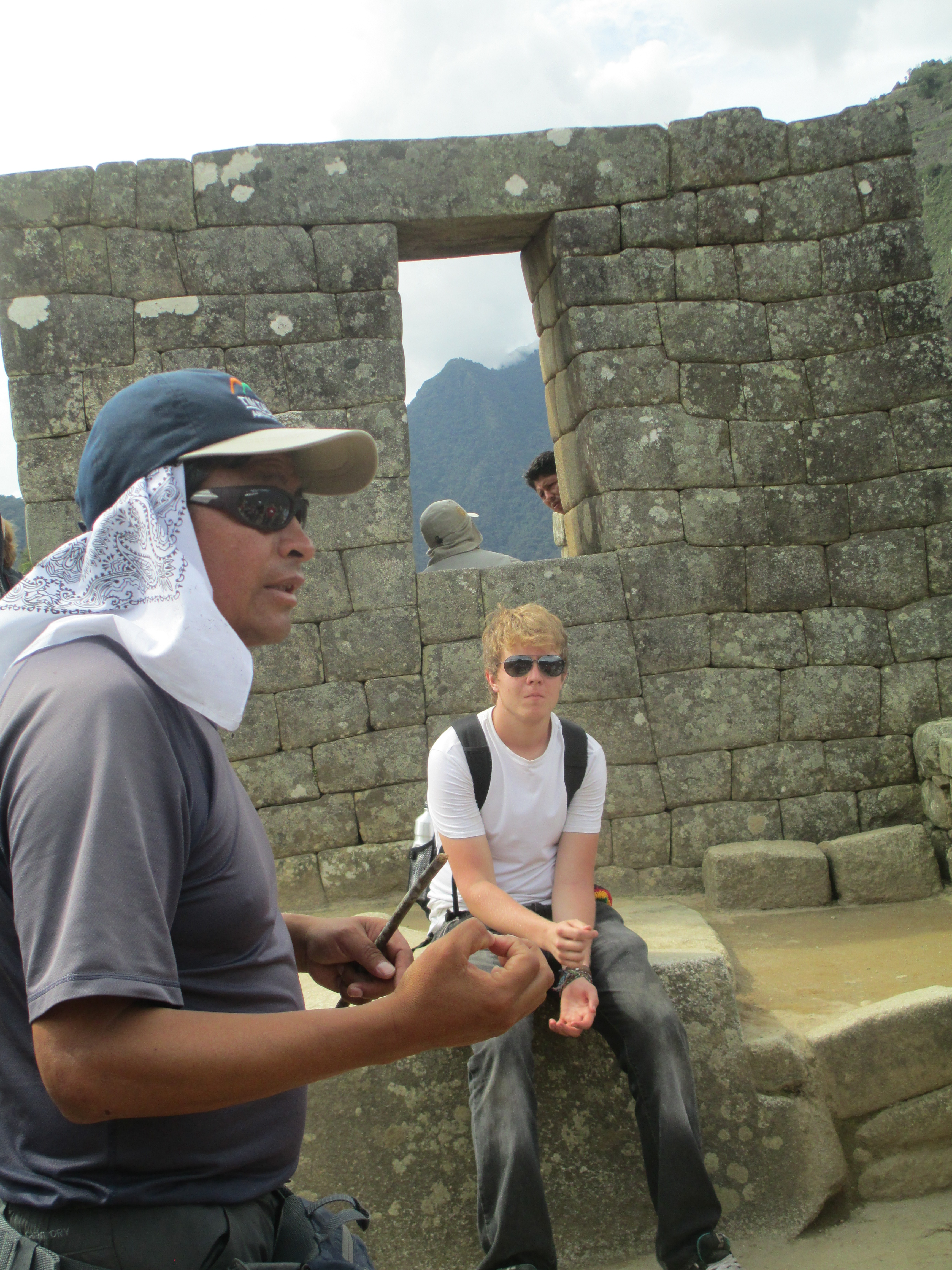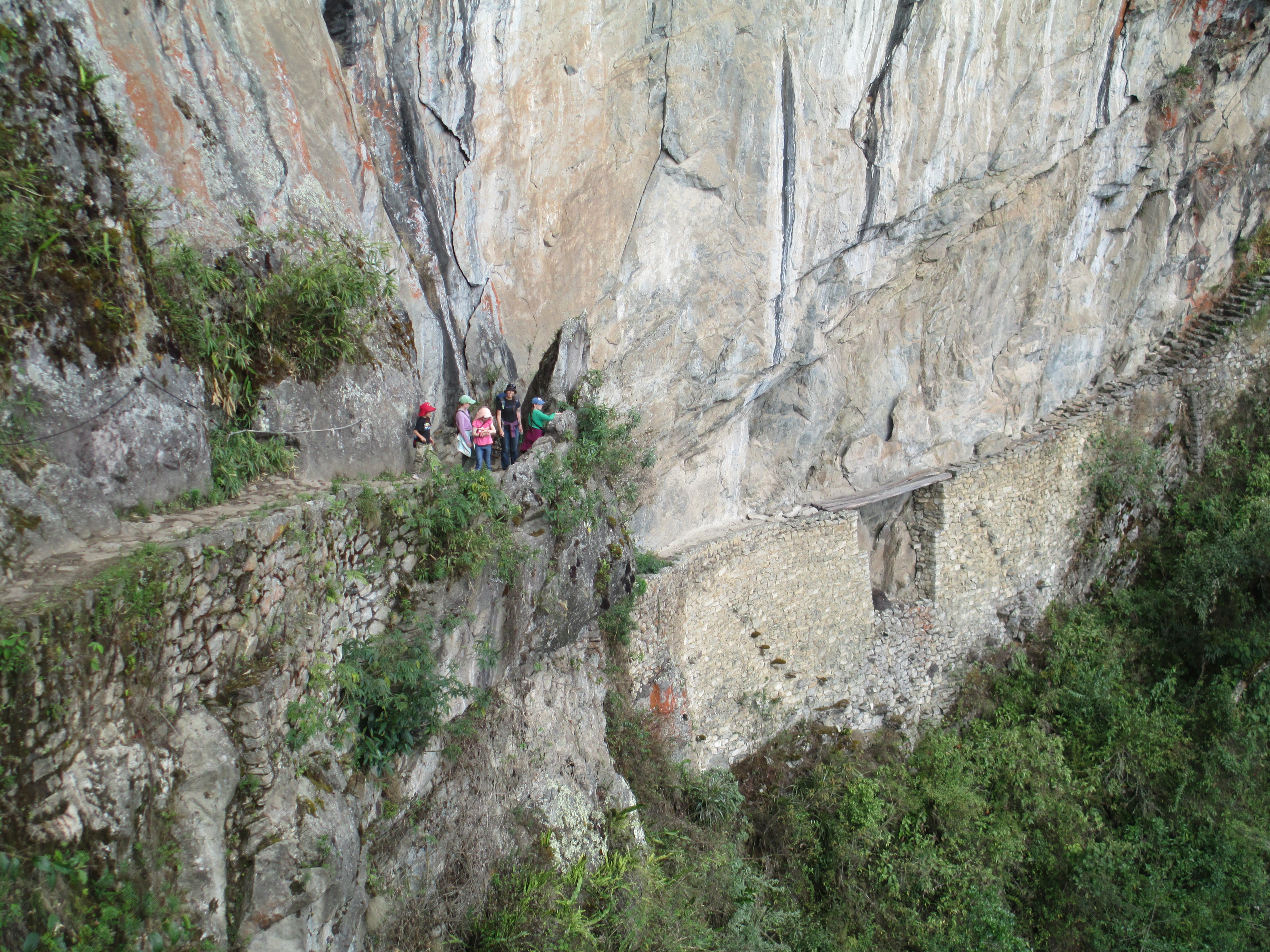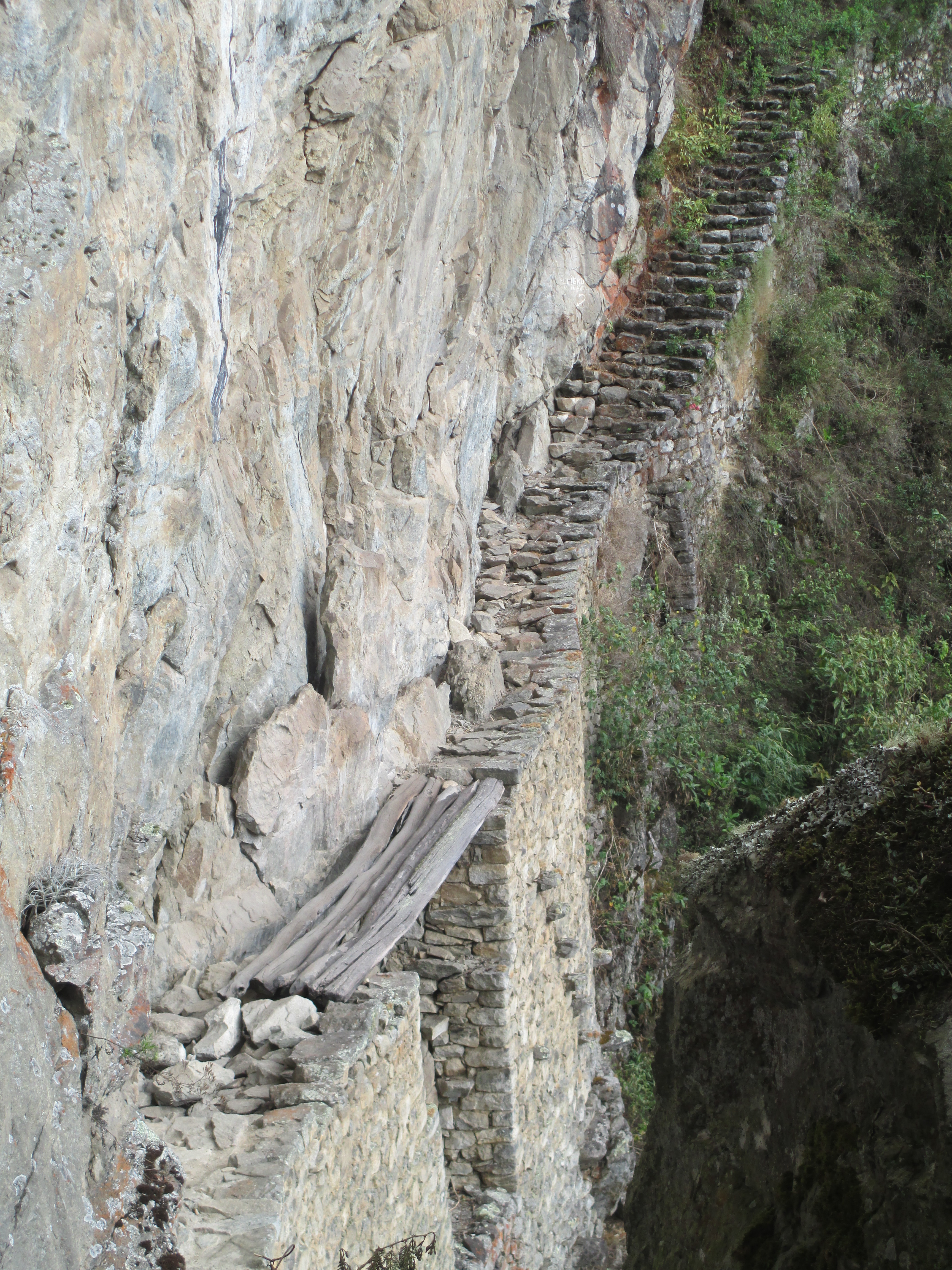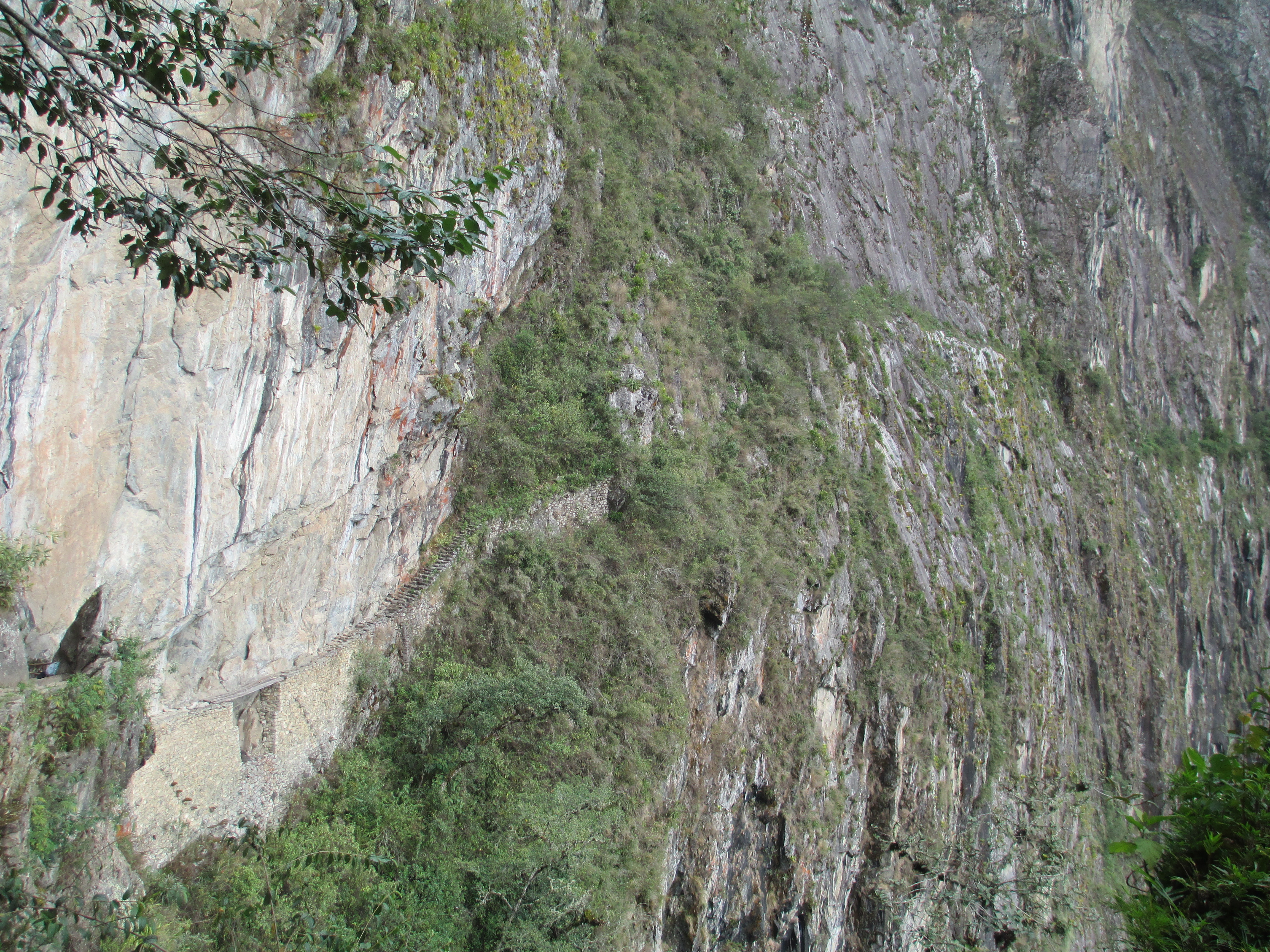Machu Picchu
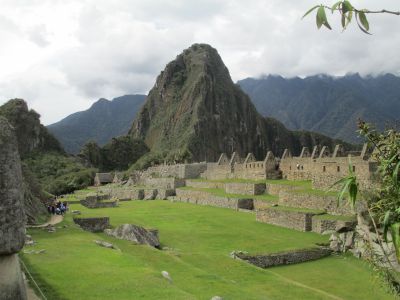
What is this amazing place, perched high above the Urubamba River on a granite mountain? Who built it? And why? Hiram Bingham, often credited with discovering Machu Picchu, thought it was Vilcabamba, the famed “lost city of the Incas”. It turns out that Vilcabamba, where Manco Inca hid from the Spanish, is farther down the river and much less spectacular. And local farmers knew about Machu Picchu’s existence long before Bingham cut back the vegetation that covered most of the stones and published his photos in National Geographic a century ago.
Another archaeologist who researched the area several decades later examined the human skeletons buried here and estimated that 80% of the population was female. He theorized that Machu Picchu was a palace for the “chosen women,” a select group of females with special status and particular religious functions. It turns out that he was wrong also; later investigation showed an even balance between male and female skeletal remains.
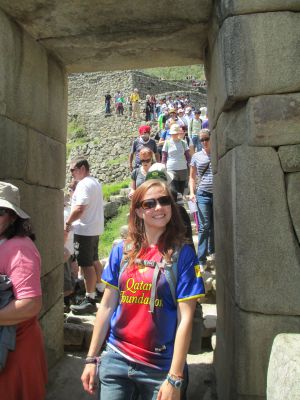
More recently, researches at the Peabody Museum (where 40,000 artifacts found at Machu Picchu in the early days are still housed) have another theory. They hypothesize this was the summer home of Pachacutec, the Inca leader who expanded the empire from what is now Chile in the south to Colombia in the north.
Our guide, Oswaldo, believes that Machu Picchu was the capital of the rain forest region, called Antisuyo. At least two carefully-engineered roads lead here, one from Cusco and the other from the river valley to the north. In addition, Machu Picchu certainly had religious significance, based on the city’s lay out and architecture. Inside the maze of pathways and buildings are what appear to be temples – one has a rock shaped like a condor and others have small round pools that some believe were used like mirrors to observe the movements of the moon and stars above.
Whatever the purpose — or purposes — of this grand tribute to Incan ingenuity, a visit to Machu Picchu leaves one awestruck.


